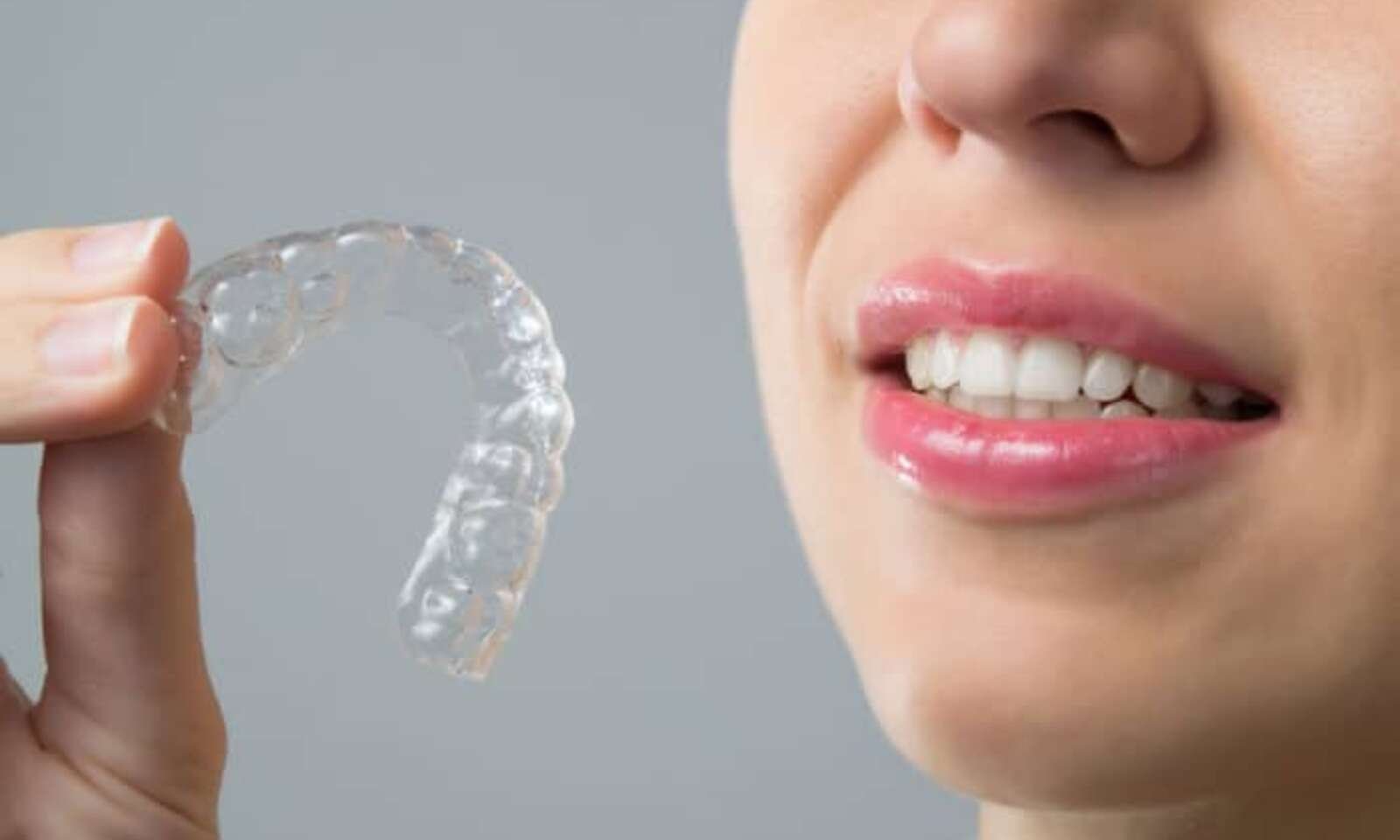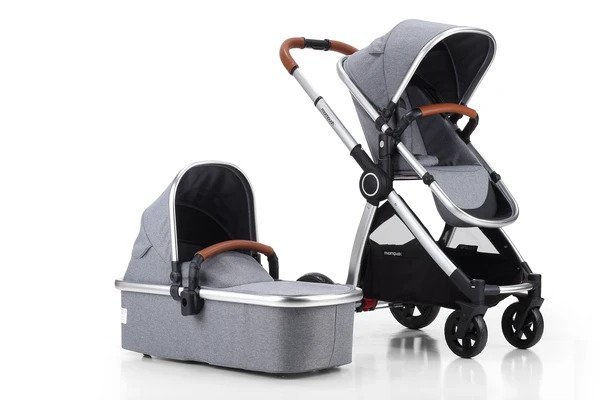Who Requires Braces?
Orthodontic therapy is typically for children, teenagers, or people who are still developing because the results are better. Adults can, however, also receive this treatment, and the reliability of the outcomes is increasing as they increase methods. According to the best orthodontists near me, Some warning signs that your child may require orthodontic care include:
- Crowding: When teeth are crowded, they may not correctly align or overlap.
- Spacing: Large gaps between the teeth could affect their appearance and cause food to become stuck between them.
- Open bite: When the patient bites, there may be a noticeable space between the upper and lower front teeth because of improper alignment. It may lead to oral behaviors like tongue thrusting and mouth breathing, affecting the person’s function and appearance.
- Poor alignment of front teeth: Your front teeth may be misaligned if the upper teeth are excessively reclining or pollinating in proportion to the lower teeth.
- Traumatic bite: The condition is a deep or traumatic bite when the upper and lower front teeth exhibit considerable overlap to the point where they push against one another. Or the palate when they bring teeth together.
- Crossbite occurs when the relationship between the upper and lower teeth is reversed, typically outwardly for the upper teeth and inwards for the lower teeth.
- Treatment for impacted teeth: Impacted teeth may remain buried in the jaw bone because they do not erupt or appear in the mouth cavity at the appropriate age.
What is the best time to receive orthodontic treatment?
According to adult orthodontics near me, a child might perform at their best when they are still developing. Parents should take the child to the dental specialist when they are seven to discuss possible interceptive orthodontic treatment. Treating malocclusion early can lessen the severity of the following therapy. Every age group can benefit from fixed orthodontics. However, 10 to 18 years old is the ideal age range for this treatment.
What happens after treatment?
The best orthodontist in Miami fl will remove the braces and recommend a retainer once he has determined that the course of treatment is complete. The retainer’s purpose is to prevent teeth from shifting back into their original positions for six months to a year when bone remodeling occurs. Your dentist may occasionally recommend a fixed retainer for you, and they fix these retainers for your teeth.
What are the home-care instructions?
Your dentist will provide you with specific guidelines that you must follow to reduce difficulties and guarantee the best possible outcomes. These often include:
- After each meal, brush.
- Fluoride raises the mouth.
- Flossing teeth regularly.
What are the risk factors of orthodontic treatment?
Some dangers are involved in orthodontic procedures, just like with any intervention. You must remember that careful treatment planning, follow-up, and strict adherence to your orthodontist’s home care guidelines can significantly decrease these issues.
The following are a few issues connected to orthodontic treatments:
- Tooth decay: Dental decay is more common in orthodontic patients because braces make it more challenging to maintain good oral hygiene.
- Root resorption: Too much force applied to teeth can cause root resorption and tooth loss. The dentist must squeeze the teeth slowly and steadily.
- Loss of periodontal support: Your teeth’s periodontal ligaments may deteriorate if you have trouble keeping up with oral care.
Conclusion
We hope the above-provided information will help you learn some beneficial aspects of dental braces. For further informative details regarding braces treatment, please visit ivanovortho.com.










